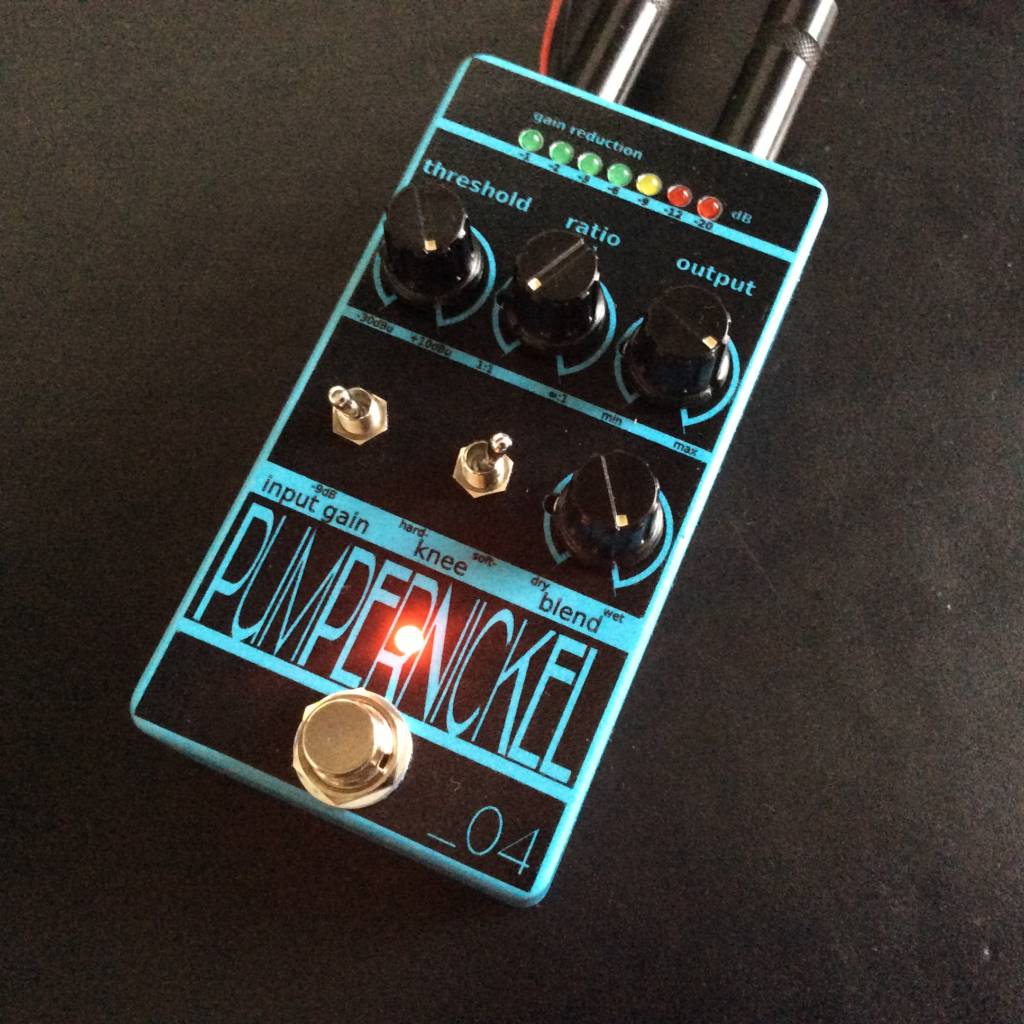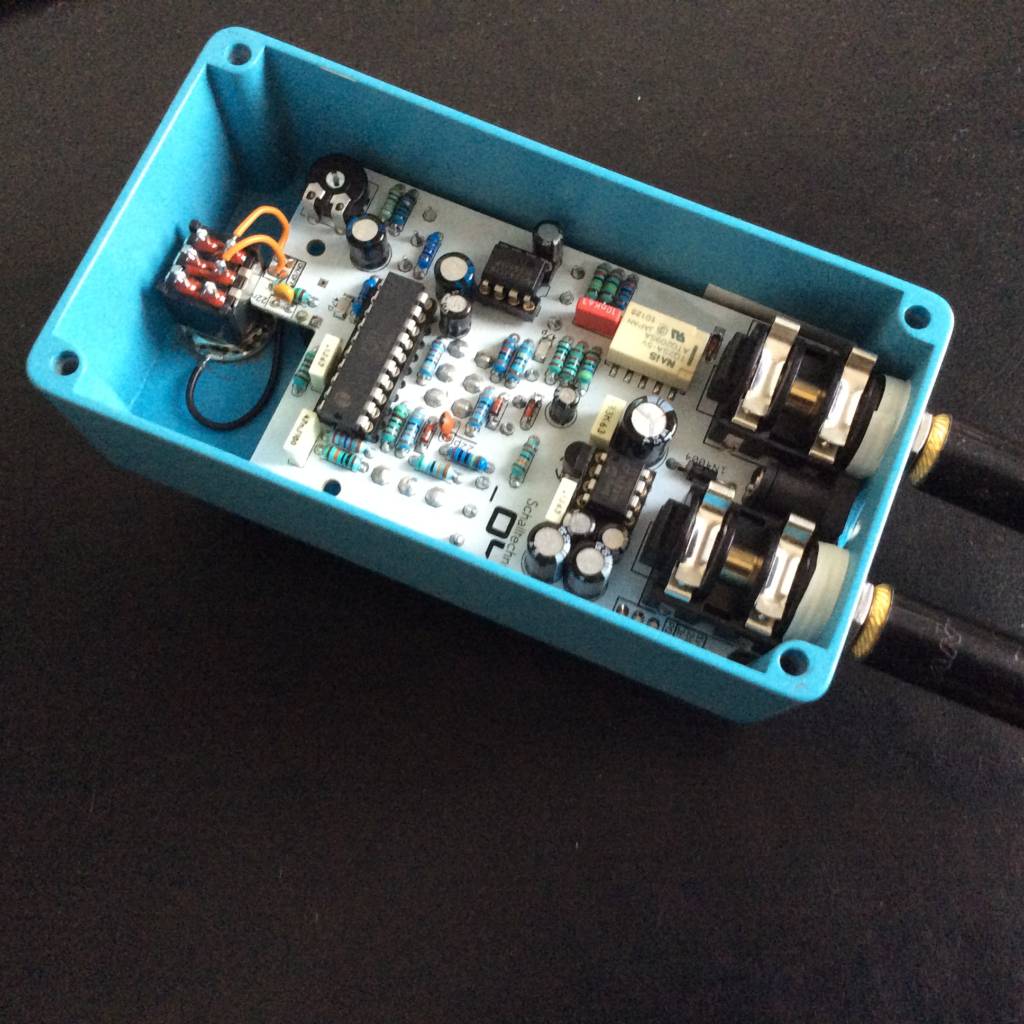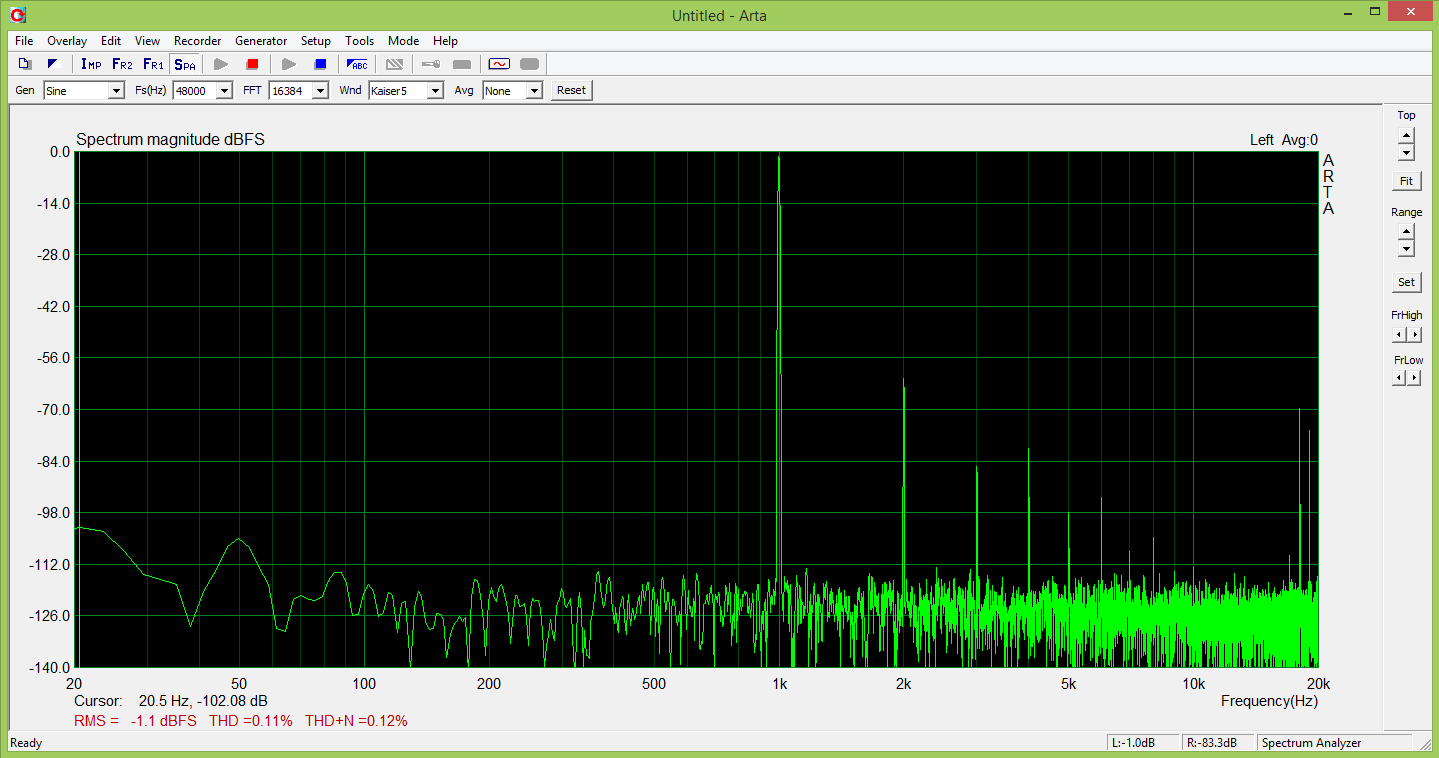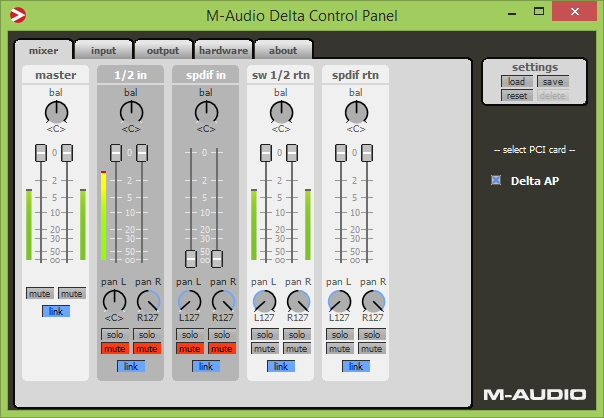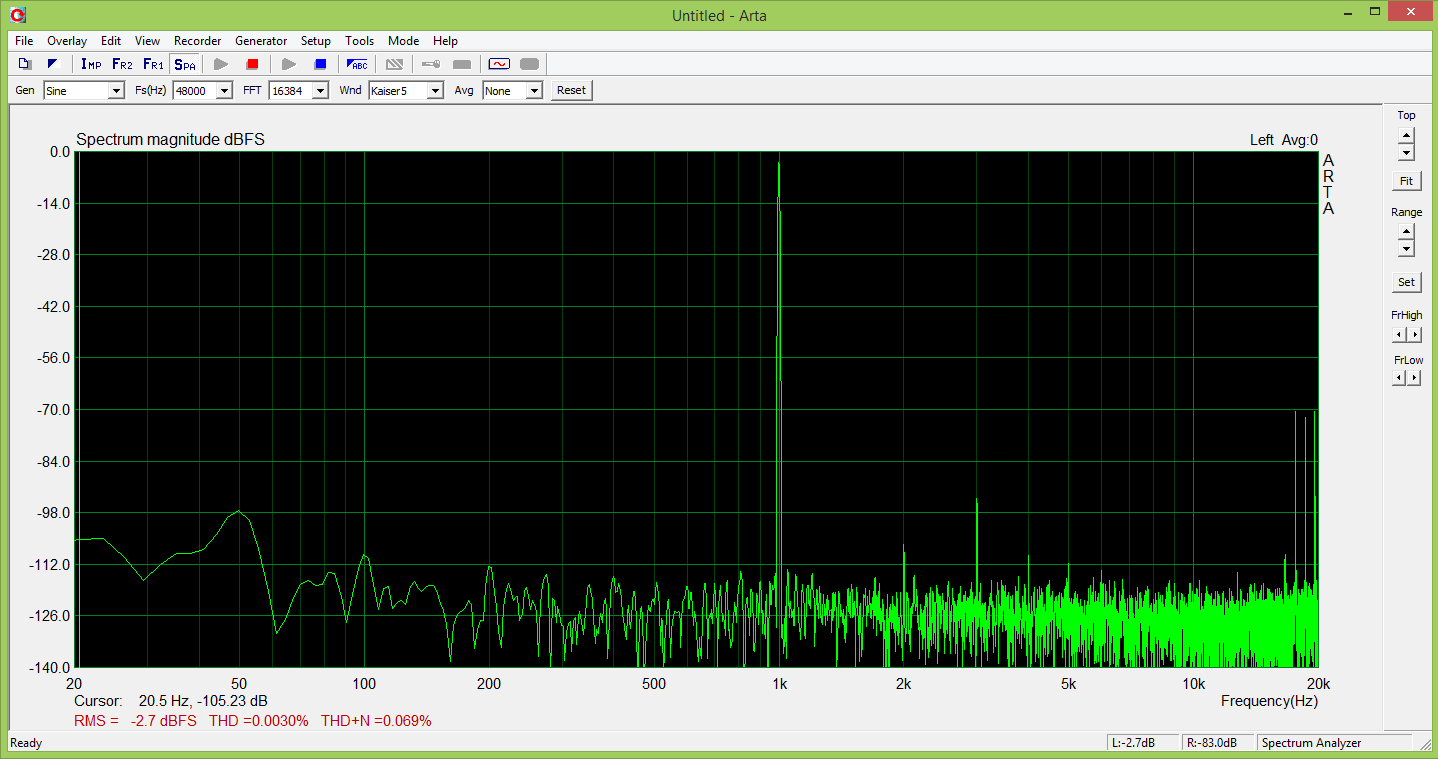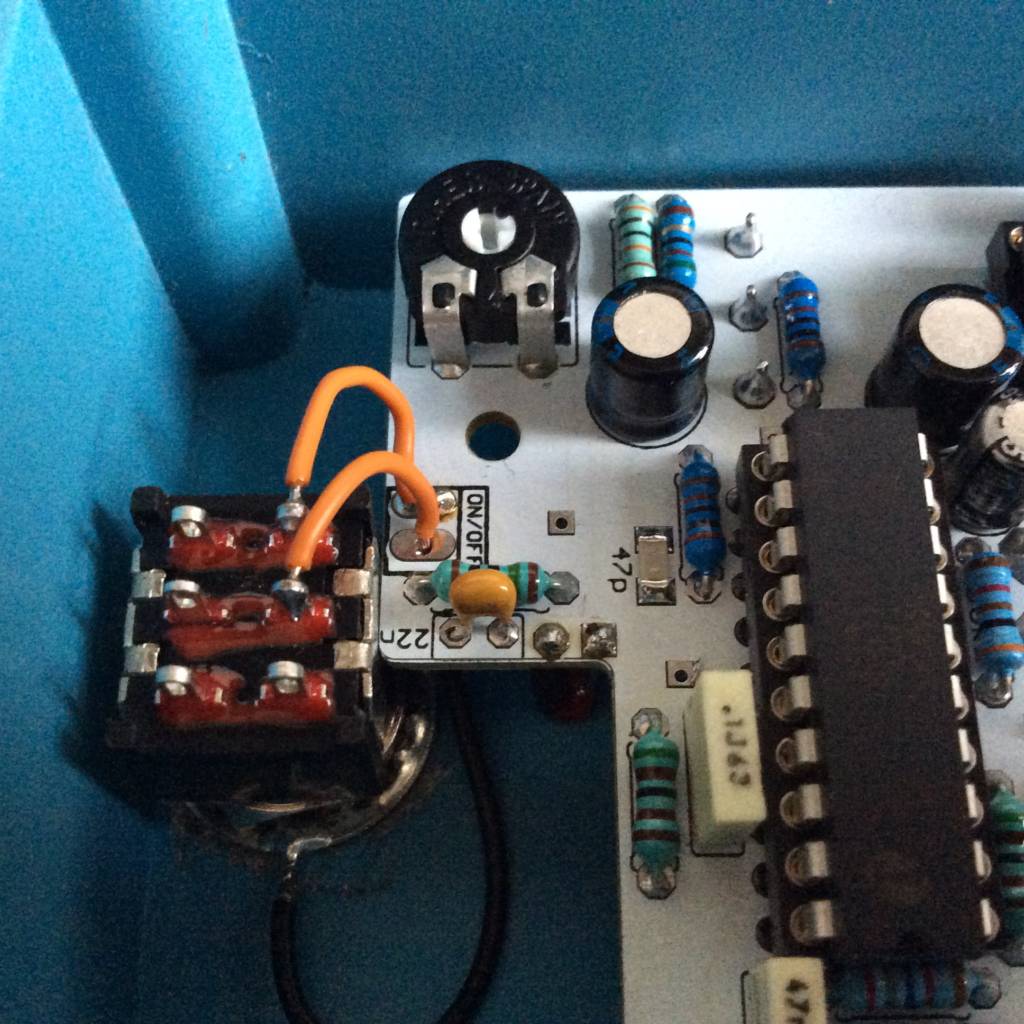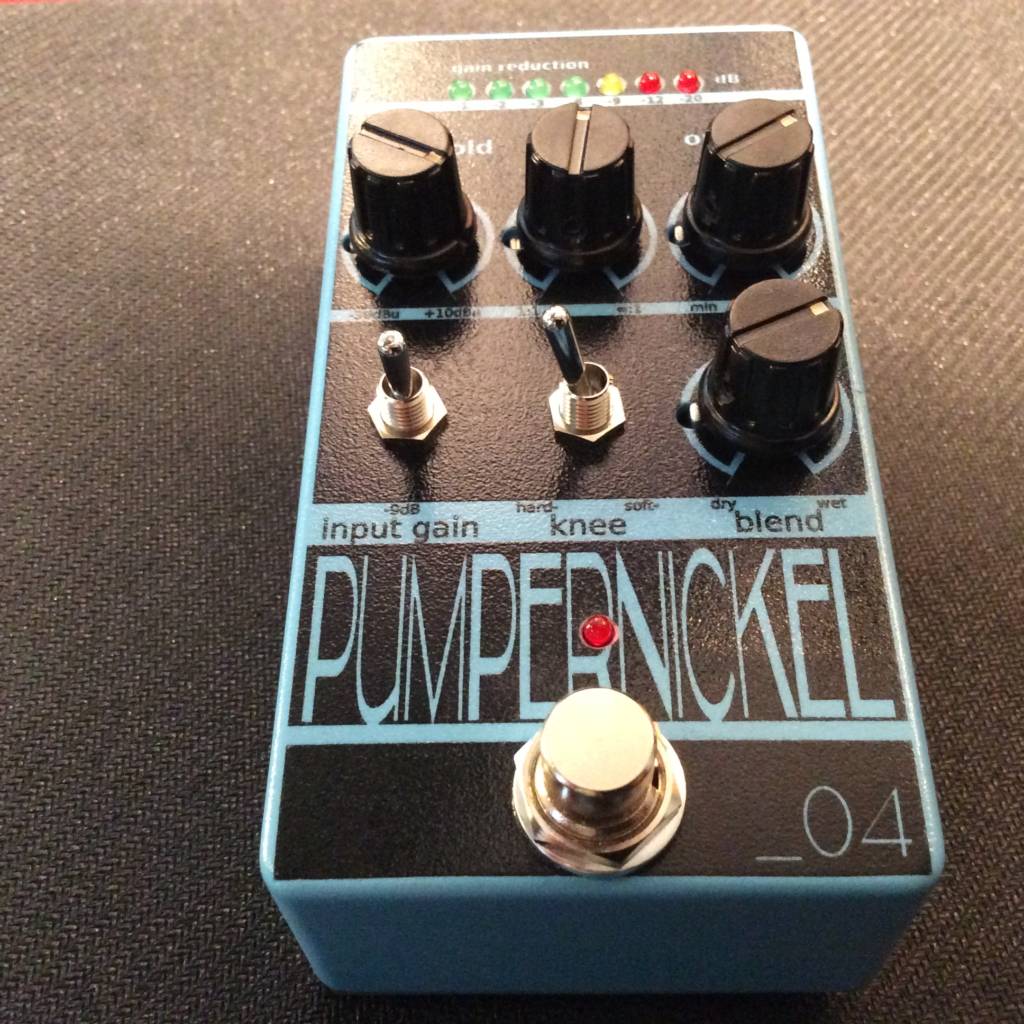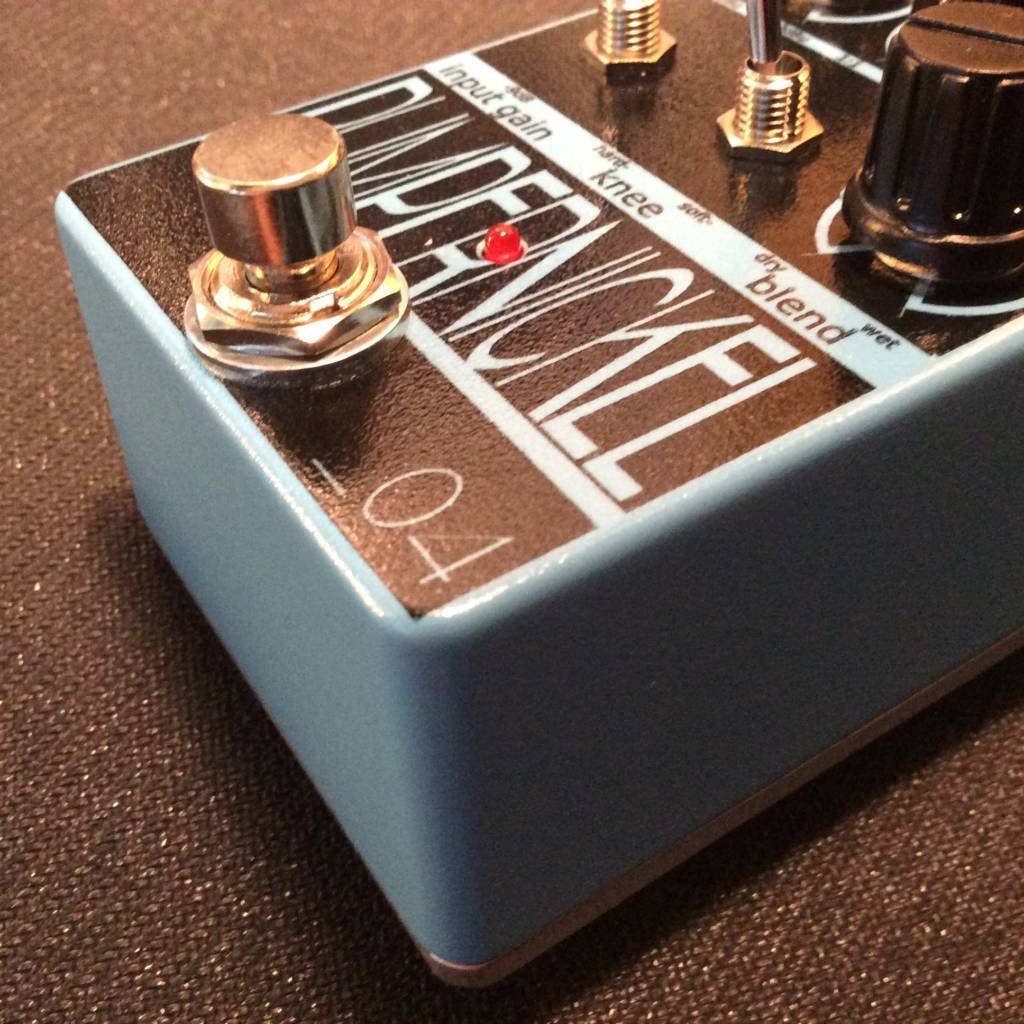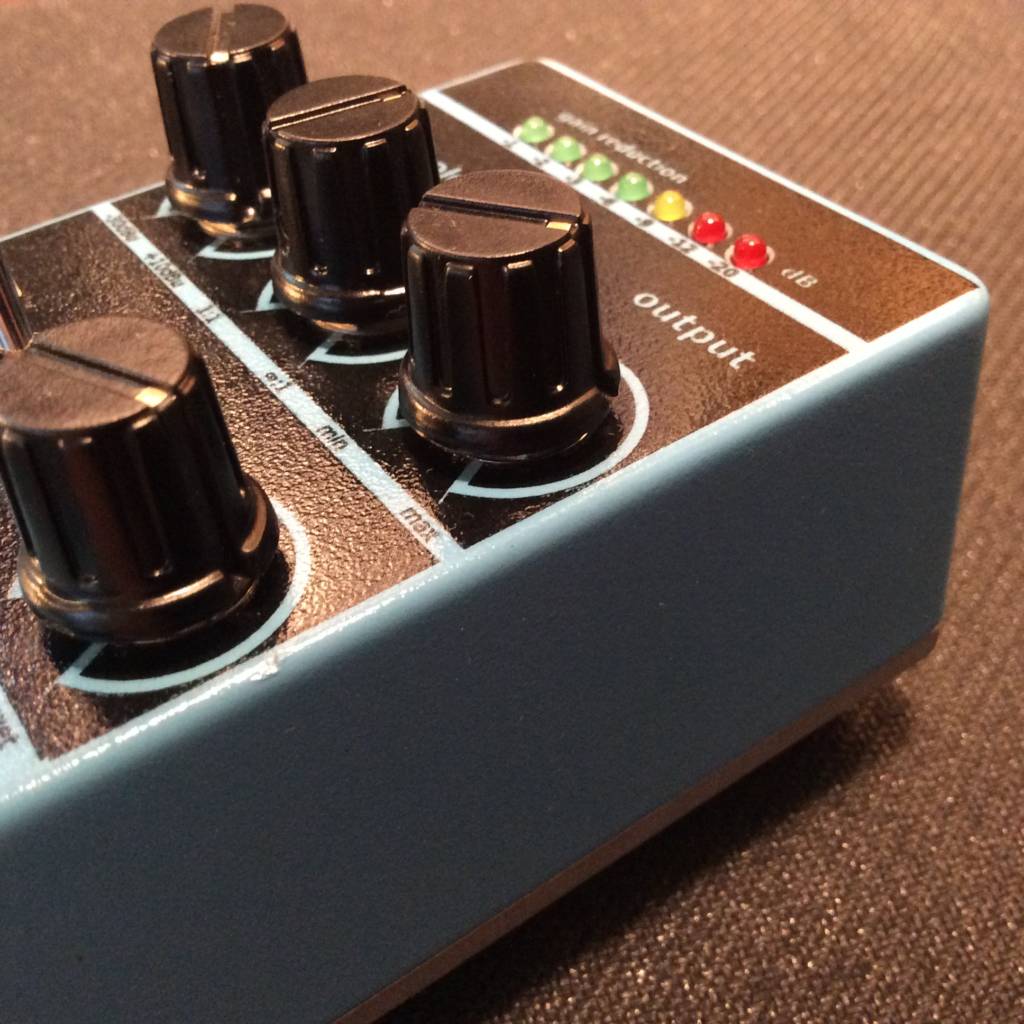trim distortion
Contents
It’s possible to trim the VCA for minimal distortion. This step is recommended, but not indispensable. (Note: If you decide not to trim the vca, leave the trimmer pot in middle position)
Not everyone has expensive THD-Meter and sin-generators at home, so i chose a methode that >80% of all musicians can do at home. All you need is:
- a soundcard or an audio interface
- the software called ARTA
- one 6,3mm TS-cable from the left output of your inferface
- one 6,3mm TS-cable to the input of your inferface
There’s a demo version of the software available, which suites our needs perfectly. Theres also a full manual of the software available: http://www.artalabs.hr/download.htm
The next Steps will be the same as in the manuel “2.1 Soundcard testing” described.
When you start the software, you will see a window. Press: Demo-Mode.
Then this window wird appear:
click on ![]() and then
and then ![]() another window appears.
another window appears.
Set the values as shown. Then “ok”. The windows will disappear and the main window is back in the forground.
The bar above the diagramm should show those values:
on the upper right above the diagram, it should show: ![]()
Click on: ![]() and set values as follows:
and set values as follows:
then “ok”.
Now we set up everything properly.
We set up the pumpernickel. Settings:
- Effect: ON
- threshold: max
- ratio: min
- output: see later
- input gain: low (-9dB)
- knee: regardless
- blend: wet
Under soundcard settings:
- activate the (line)-input
- disable all direct-monitoring settings
- set input and output on: 100%
This is what happens:
Take a look at the soundcard settings:
See: the input is clipping!
Use the output pot on the pumpernickel, to set the output level just below clipping.
If everything is ok, stop the meassurement with: ![]() and restart it with
and restart it with ![]() .
.
Observe the red value on the lower left side of the program: “THD” und “THD+N”. Set the trim pot sensitivly the way the value gets minimal.
In comparison:
trim-pot@middle: THD = 0,0084%
trim-pot@10h30: THD = 0,11%
trim-pot@minimumTHD: THD: 0,0030%
As you can see the difference between middle position and minimal distortion wasn’t that big. But it may differ from chip to chip.
Now the Pumpernickel is ready!
Have fun! 🙂






